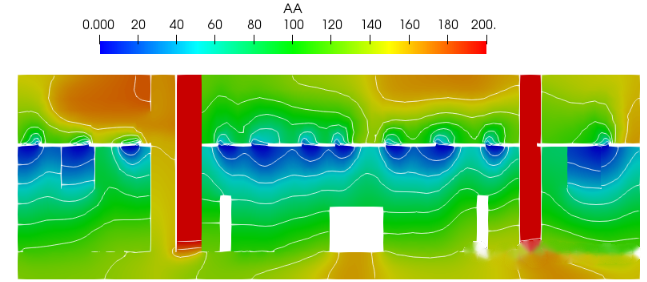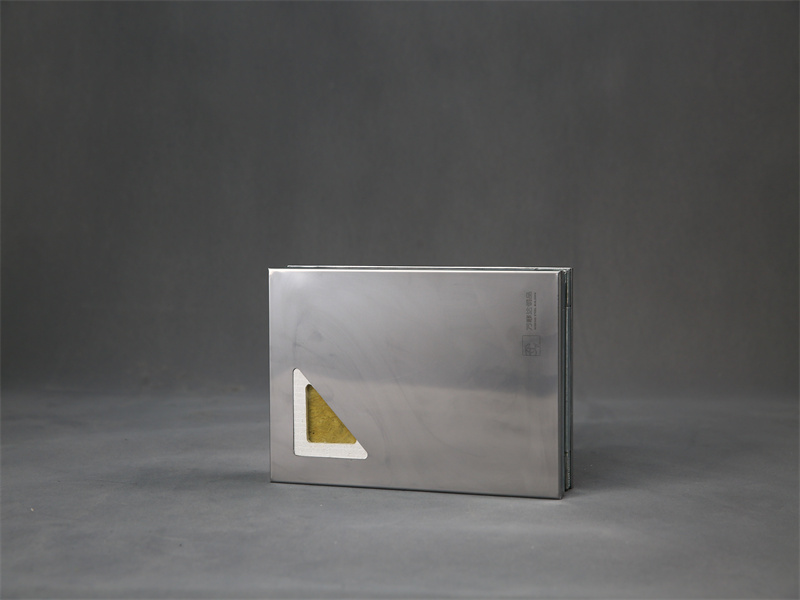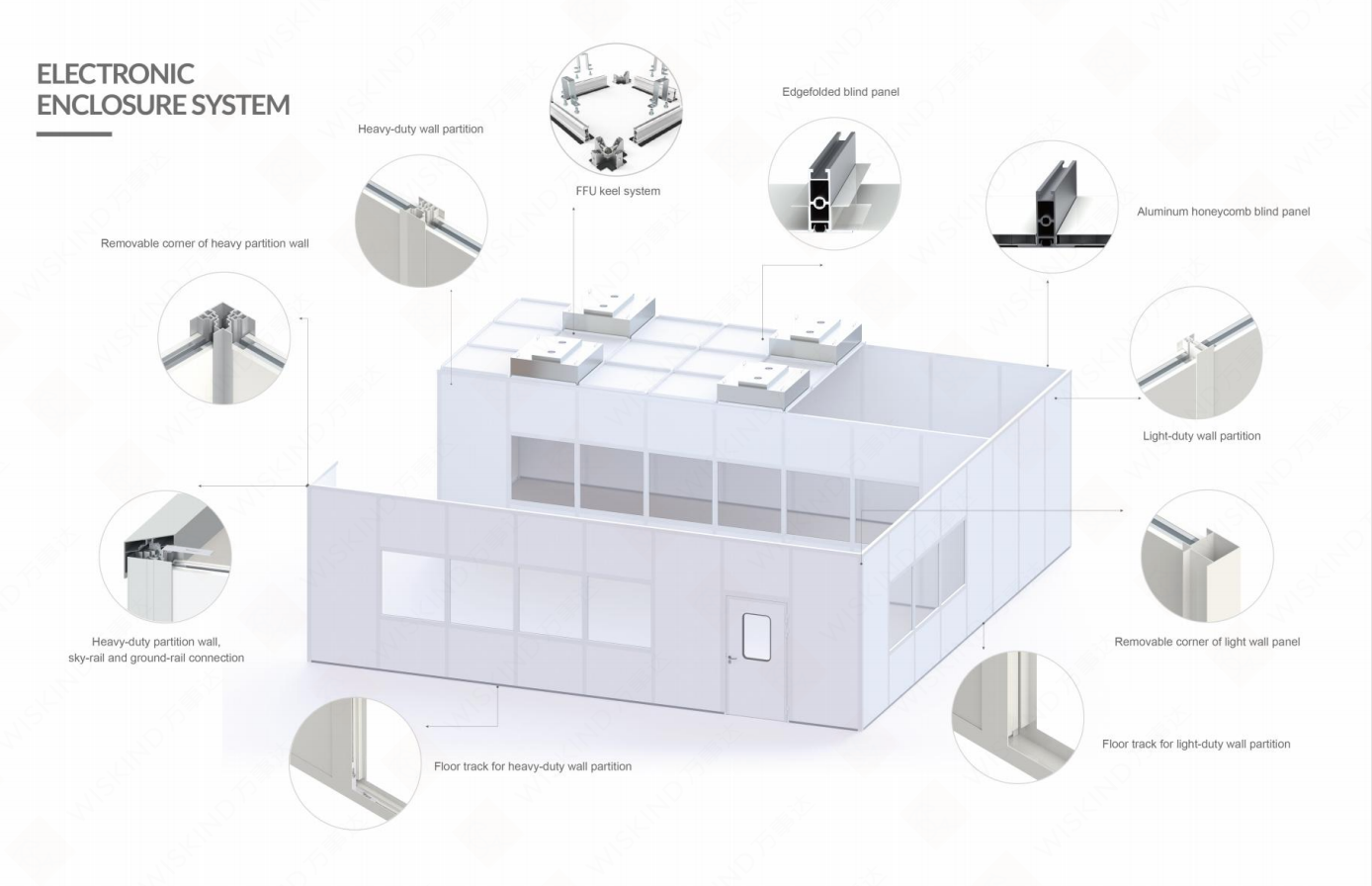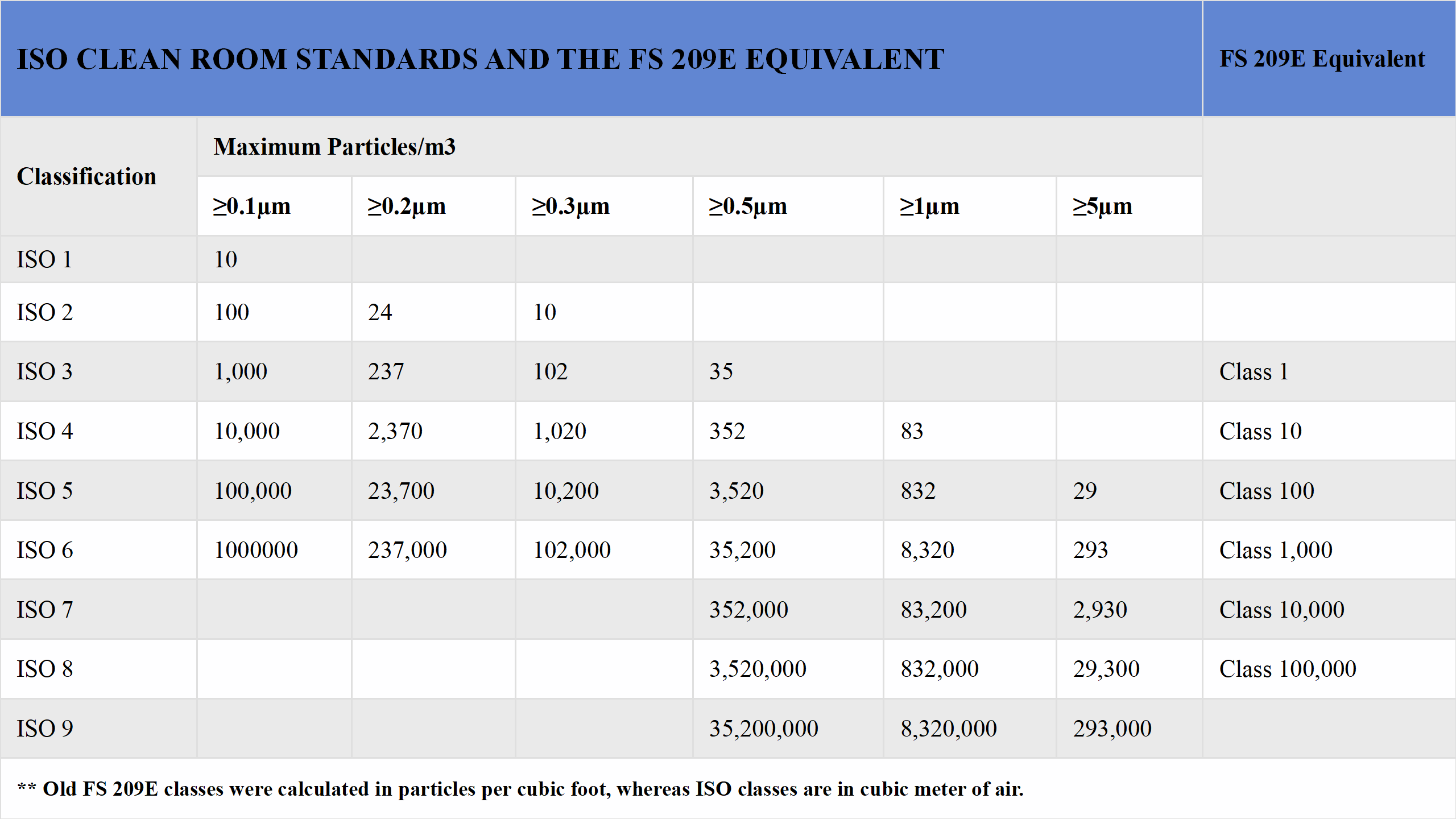We have a passion for unconventional solutions that bring your vision to life.
As indispensable infrastructure in modern industries such as manufacturing, research, and pharmaceuticals, cleanrooms impose stringent requirements on air cleanliness, temperature, and humidity control. Any oversight in cleanroom construction can compromise its performance, compliance, and even product quality and production efficiency. This article explores common mistakes in cleanroom construction to assist design and construction teams in improving cleanroom effectiveness.
1. Neglecting Airflow and Airflow Design A primary objective in cleanroom design is to ensure optimal airflow. Overlooking critical factors such as airflow paths, velocity, and pressure differentials can lead to ineffective pollutant removal and compromised cleanliness. Common errors include:

Non-uniform airflow: Inappropriate airflow paths result in inadequate air exchange in certain areas and pollutant accumulation.
Excessive or insufficient airflow velocity: Excessive velocity causes noise and unnecessary turbulence, while insufficient velocity fails to adequately remove contaminants.
To avoid these issues, implement an airflow design that aligns with cleanroom class requirements, ensuring a predetermined airflow pattern and sufficient filtration capacity.
2. Ignoring Filter Selection and Layout The cleanroom filtration system is paramount to air quality. Common mistakes include:
Mismatched filter ratings: Selecting inappropriate filters for the cleanroom class can lead to substandard air quality.
Poor filter layout: Improper filter placement or uneven distribution prevents effective air purification.
It is crucial to select suitable HEPA (High-Efficiency Particulate Air) or ULPA (Ultra Low Penetration Air) filters and strategically position them based on cleanroom design requirements.
3. Improper Selection of Building Materials and Equipment Cleanroom materials must be resistant to contamination, easy to clean, and free from pollutant emissions. Common errors include:
Using non-compliant building materials: Some materials release volatile organic compounds (VOCs), contaminating the cleanroom air.
Difficult-to-clean equipment: Cleanroom equipment and furniture should be made of smooth, seamless, and non-porous materials for easy cleaning and maintenance.
Ensure all building materials and equipment meet cleanroom standards and undergo rigorous validation procedures. Wiskind cleanroom panels, with different designs and materials, can meet the standards of different industries including pharmaceutical, biology, labs, food factory, electronics, and more.

4. Inadequate Temperature and Humidity Control
Temperature and humidity control in cleanrooms directly impacts particulate levels and equipment performance. Without an effective temperature and humidity control system, the following can occur:
Excessive temperature and humidity fluctuations: This undermines the internal environmental stability of the cleanroom and, consequently, affects production quality.
Excessive humidity: This promotes microbial growth in the air, contaminating the environment. Therefore, it is imperative to design and install a suitable temperature and humidity control system in cleanroom construction to ensure environmental stability and comfort.
5. Improper Design of Personnel and Material Flow
Cleanroom operational efficiency depends not only on air purification and equipment performance but also on the design of personnel and material flow. Common mistakes include:
Mixing personnel and material flow: Failing to segregate personnel and material pathways can lead to cross-contamination.
Lack of strict access control: The absence of effective personnel and material entry management systems increases contamination sources. A rational layout and strict control measures should be implemented to ensure proper personnel and material flow and minimize contamination sources.

6. Lack of Maintenance and Monitoring Systems
Even after completion, cleanrooms require regular maintenance and monitoring to ensure long-term air quality and equipment performance. Common errors include:
Absence of regular inspection and maintenance procedures: The cleanroom's filtration system, temperature and humidity control system, and airflow system require regular inspection and cleaning. A lack of effective maintenance plans can diminish cleanroom efficiency.
Insufficient monitoring equipment: The absence of timely monitoring equipment to record critical parameters such as air quality and temperature and humidity makes it difficult to detect and address issues promptly. During the cleanroom construction phase, it is essential to establish a comprehensive monitoring and maintenance system and develop detailed operating and maintenance procedures.
7. Non-compliance with Regulations and Standards
Cleanroom construction must adhere to a range of industry standards and regulations. For instance, pharmaceutical cleanrooms must comply with Good Manufacturing Practices (GMP), while the semiconductor industry must meet international standards such as ISO 14644. Common errors include:
Failure to strictly adhere to relevant regulations and standards: Overlooking detailed requirements in standards can result in the cleanroom failing validation or production requirements.

Design not considering regulatory changes: Standards and regulations may change over time. If the design team fails to update the design accordingly, the cleanroom may not comply with new regulations in the future. Therefore, it is crucial to thoroughly understand and strictly adhere to relevant standards and regulations before cleanroom construction to ensure compliance.
Cleanroom design and construction is a complex systems engineering project that requires attention to detail in multiple areas. By avoiding the common pitfalls outlined above, cleanroom utilization efficiency and air quality can be significantly improved, providing safe and reliable working environments for various industries. Design teams, contractors, and operators must collaborate closely to fully consider the actual needs of the cleanroom during the design phase, ensuring that the cleanroom meets its intended purpose in practical applications.

Wiskind Cleanroom specializes in cleanroom enclosure system , ceiling system, cleanroom doors and windows and related product development, manufacturing, sales, consulting and services.